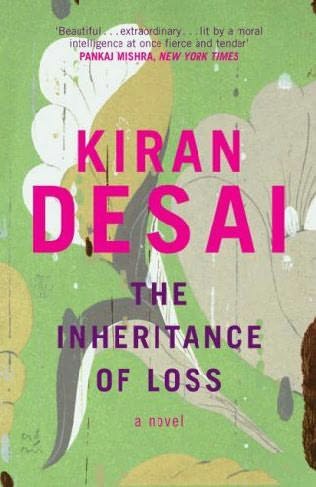
To be frank, the only reason I picked up this tome was its Booker Prize credentials. (And let's just say I have a rather perverse interest towards the Indian community at large. It's all history.) And I was sorely disappointed at the stereotypes prevalent throught. However, I will not let them detract from the overall level of detail, exquisite even, accorded to each character in the novel that, in my culturally tinted eyes, redeems it a little.
The tale tracks the passage of two characters - 16-year-old Sai, newly orphaned and living with her grandfather in the most remote of mountain passes, and her fledgling romance with her Nepalese tutor Gyan; and the contrasting fortunes of Biju, her grandfather's cook's son, ekeing out a meagre existence in the squalour of Manhattan's decrepit restaurants.
Throughout, issues of culture are tackled, but on, sincerely speaking, a very superficial note. The Indian illegal immigrant point is weakly driven home; we see no development of character of Biju, just a constant struggle to survive each day till he takes home his pay. Sai and Gyan's relationship is as wooden as wooden can be; it meanders along the tried-and-tested girl-meets-boy course, exhibiting no new tricks, no fancy plot twists, no emotional insurgencies, just a rehashing of a very well-worn plot.
Still, Kiran Desai describes well; that has to be admitted. Her characters, though rather flat as carbon copies of traditional stereotypes, are full of life, vivacity, and above all, action. Each action is embellished with detail, detail of how they move, walk, talk, cleverly paralleling the (again steretypical) television montage of India as a riot of colours and action. The cold and calm Indian border region is enlivened by little flourishes of description, rendering a multifaceted imagery of the stark scenery.
Once again, not a wise choice if what you seek is originality of cast or screenplay; but for sheer descriptive value, each character, each location, each circumstance, is played out with the note range of an Indian sitar.
I give it a 7 out of 10.
No comments:
Post a Comment